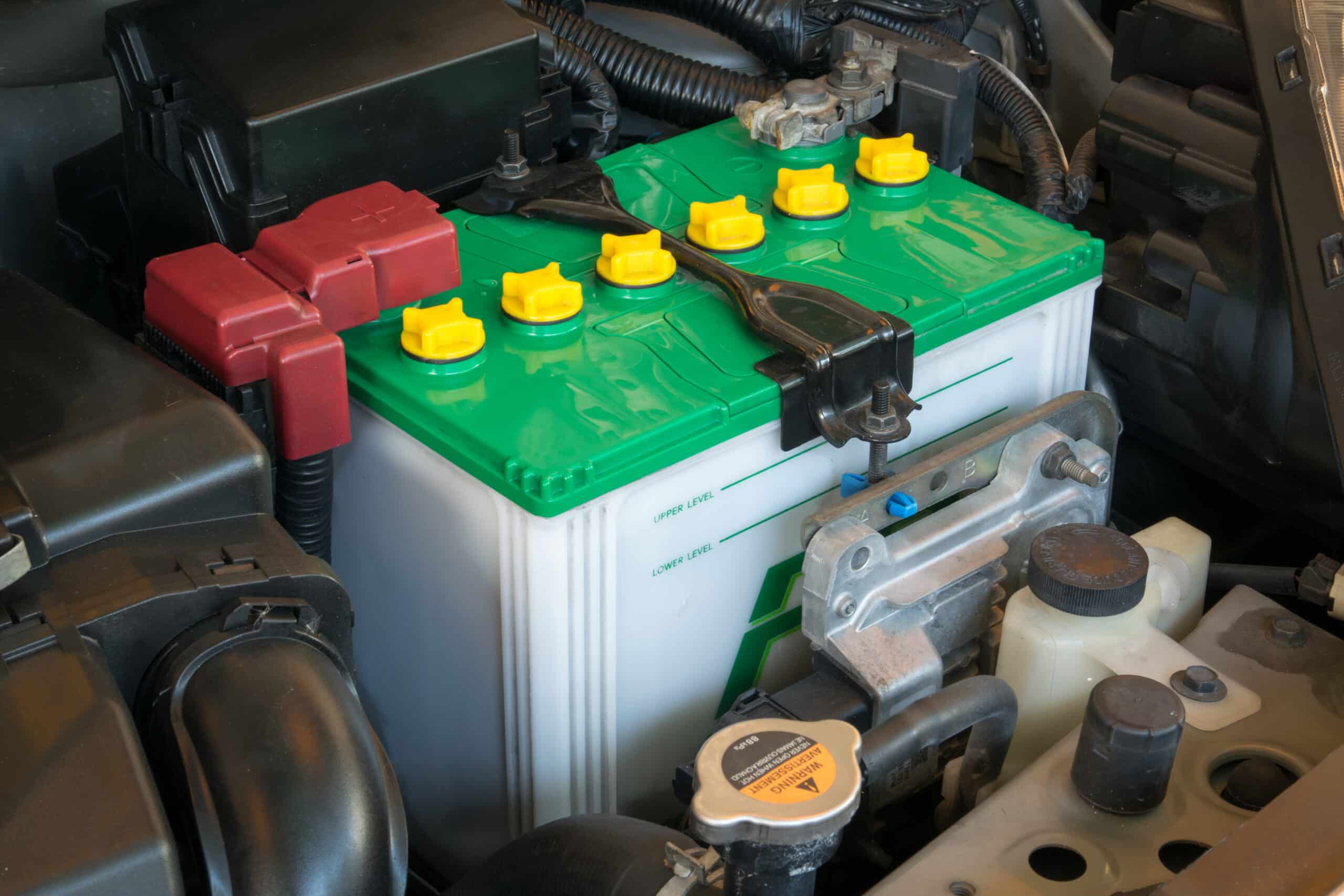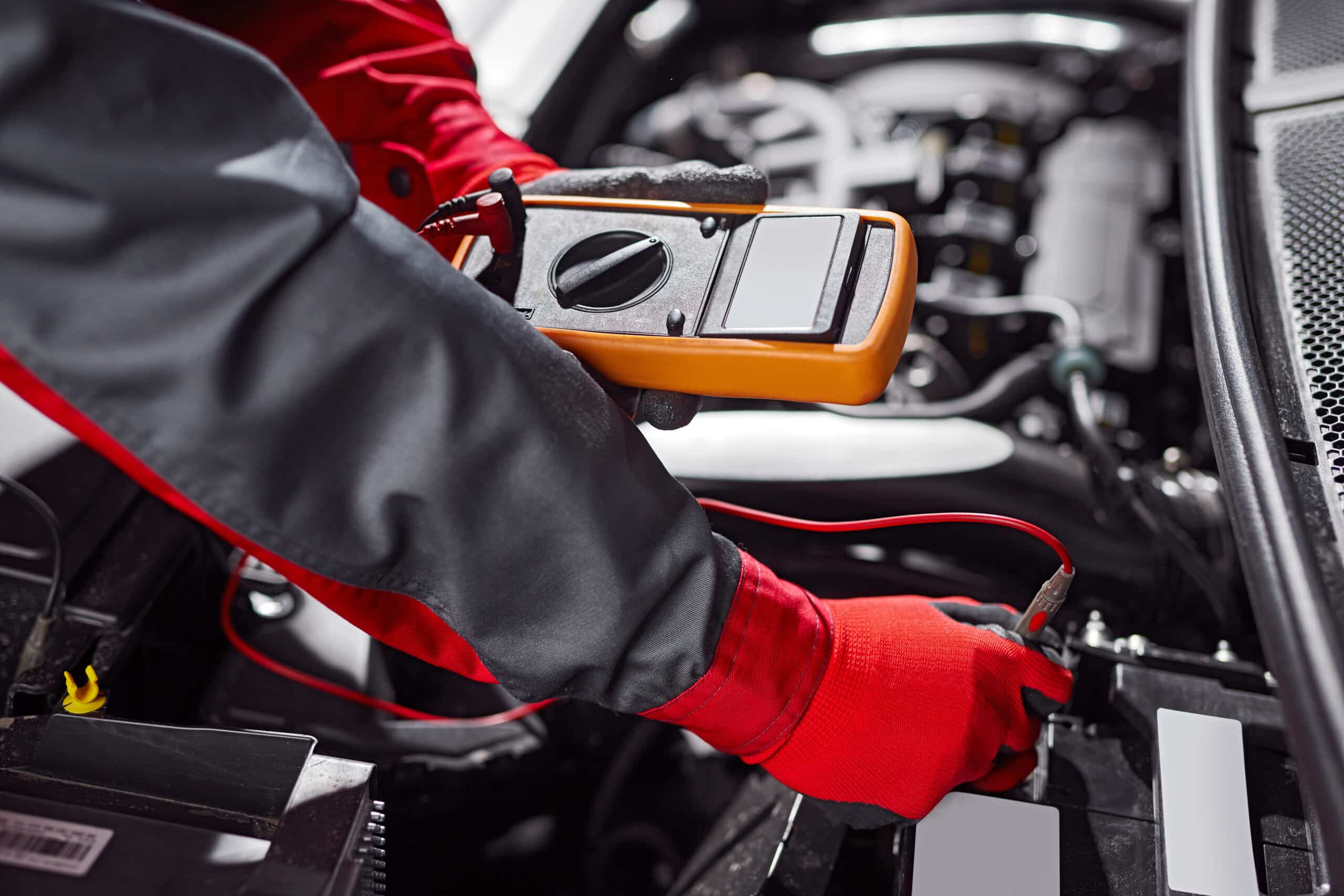Embark on a journey to debunk popular car battery myths, ensuring your vehicle runs smoothly while avoiding unnecessary expenses and safety risks.

Car batteries, the heart of a vehicle’s electrical system, are often surrounded by misconceptions and myths. These misunderstandings can lead to unnecessary expenses, reduced battery life, or even safety risks. Here, we debunk some of the most common car battery myths, helping you make informed decisions about your vehicle’s battery.
1. Myth: Driving a car immediately recharges a dead battery.
Debunked: While driving does recharge the battery via the alternator, a short drive after a jump-start isn’t sufficient to fully recharge a dead battery. It’s best to use a dedicated battery charger or drive the vehicle for an extended period to ensure the battery is adequately charged.
2. Myth: Car batteries last the same duration, regardless of where you live.
Debunked: The environment plays a significant role in battery longevity. Extremely cold or hot climates can stress the battery, reducing its lifespan. For instance, while cold weather can reduce a battery’s capacity, hot weather can speed up its internal corrosion.
3. Myth: A car battery won’t lose charge while it’s disconnected.
Debunked: Even when disconnected, a car battery will gradually lose charge over time, primarily due to its internal chemical reactions. Even when your car battery is not connected, you want to charge it monthly or connect it to a trickle-charger.
4. Myth: All car batteries die suddenly without warning.
Debunked: In most cases, batteries give signs of their impending failure. Dimming headlights, a sluggish start, or an illuminated battery/engine warning light can all indicate a weakening battery.
5. Myth: Maintenance-free batteries don’t require any attention.
Debunked: While maintenance-free batteries don’t require water top-ups, they still benefit from periodic checks, including terminal cleaning and voltage tests. When stored or unused, they need to be trickle-charged, or charged periodically, like any other car battery.
6. Myth: Using electronic accessories while the engine is off quickly kills the battery.
Debunked: Modern car batteries can handle short periods of accessory use without the engine running. However, prolonged usage (like watching a movie or using the radio for hours) can deplete the battery.
7. Myth: A higher capacity battery will damage your car.
Debunked: While it’s essential to use the battery recommended for your vehicle, using one with a higher capacity won’t harm the car. It merely provides more stored energy. However, ensure it fits properly and maintains the required voltage.
8. Myth: Car batteries can’t explode.
Debunked: Batteries produce hydrogen gas, especially when charging, which can be explosive when mixed with oxygen. While rare, explosions can occur if there’s a spark or flame near the battery or if it’s short-circuited.
9. Myth: Manual transmission cars don’t strain the battery as automatic ones do.
Debunked: The type of transmission doesn’t have a significant direct impact on battery life. Factors like electrical load, driving habits, and maintenance play a more vital role.
10. Myth: Storing a battery on concrete will drain it.
Debunked: This myth dates back to the early days when battery casings were made from porous materials. Modern batteries are encased in non-porous plastic, so storing them on concrete won’t cause any energy drain.
11. Myth: Frequent jump-starts don’t harm the battery.
Debunked: Repeatedly draining a battery and jump-starting it can lead to decreased battery lifespan. It’s essential to determine why the battery is frequently dying and address the root cause.
12. Myth: A car battery’s capacity and size are the same things.
Debunked: The physical size of a battery doesn’t always correlate with its capacity (measured in amp-hours). It’s crucial to check both size and capacity specifications when replacing a battery to ensure compatibility with your vehicle.
13. Myth: A car battery can’t freeze.
Debunked: While a fully charged battery does not freeze until about -94°F (-70°C), one that is fully discharged will freeze at about 9°F (-13°C). So, only if you keep your car battery fully charged in winter, you can rest assured it won’t freeze.
14. Myth: You can’t recharge a battery that’s been frozen.
Debunked: If a battery freezes, it’s essential first to let it thaw before attempting a charge. However, freezing can damage the internal components, and even if it takes a charge, its lifespan and performance may be compromised.
15. Myth: Touching both battery terminals simultaneously can electrocute you.
Debunked: While car batteries store a significant amount of energy, the voltage (usually 12 volts) isn’t high enough to push a dangerous level of current through a human body. However, touching both terminals with a metal object can cause a short circuit, leading to sparks, potential skin burns, or battery damage.
16. Myth: All batteries self-discharge at the same rate.
Debunked: The rate of self-discharge varies based on the battery’s design, age, and storage conditions. For instance, an old battery will likely discharge faster than a newer one. Similarly, high temperatures can accelerate self-discharge compared to cooler storage environments. It’s crucial to monitor stored batteries and charge them periodically to prevent complete discharge, or connect them to a battery maintainer.
17. Myth: Jump-starting your car can recharge the battery just as effectively as using a battery charger.
Debunked: Jump-starting a car provides an initial burst of energy to get the engine running, at which point the alternator begins to recharge the battery. However, this method is not as efficient or thorough as using a dedicated battery charger. A battery charger is designed to deliver a consistent and measured charge, ensuring the battery is properly and fully recharged. Over-reliance on the alternator for recharging can strain the alternator and may not fully recharge the battery, especially if there are underlying battery issues.
18. Myth: You can determine a battery’s health solely by checking its voltage.
Debunked: While measuring voltage can provide some insight into a battery’s state, it doesn’t give the complete picture of its health. A battery might show a proper voltage but still lack the necessary capacity to start a car or deliver power over an extended period. For a comprehensive assessment of a battery’s health, a load test is often required. This test measures the battery’s ability to maintain voltage under a load, mimicking the conditions it faces when starting a car.
Conclusion
Myths often arise from outdated information or misunderstandings. In the ever-evolving world of automotive technology, it’s vital to stay informed and base decisions on facts rather than myths. By debunking these common car battery myths, we hope to provide clarity and ensure that your vehicle’s battery operates at its best for years to come.
So, stay curious, and until our next journey, keep exploring the fascinating realm of automotive wonders!







